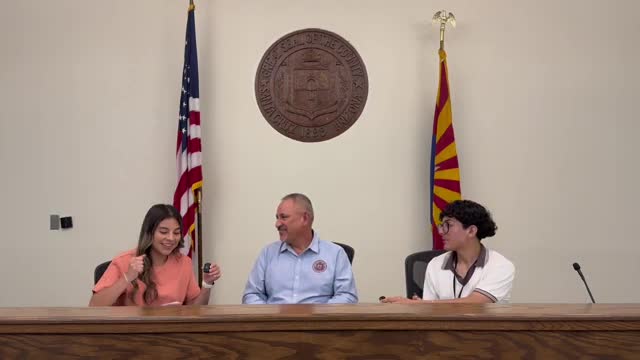Tax Assessor Explains Property Measurement Process in Nogales and Patagonia
July 19, 2025 | Santa Cruz County, Arizona
Thanks to Scribe from Workplace AI , all articles about Arizona are free for you to enjoy throughout 2025!

This article was created by AI using a video recording of the meeting. It summarizes the key points discussed, but for full details and context, please refer to the video of the full meeting. Link to Full Meeting
Ramos explained that the assessment process begins with obtaining a building permit from local authorities in Nogales or Patagonia. Once the permit is secured, the team physically measures the property, identifying key characteristics such as the type of roof, walls, and flooring. This meticulous approach ensures accurate square footage and property details are recorded.
After gathering this information, the team returns to the office to input data into the Grama system, a computer-assisted mass appraisal tool. This system generates a property value, which is then communicated to the taxpayer for review. Ramos noted that the entire process can be lengthy, often taking several hours depending on the property's location.
Interestingly, while taxpayers generally appreciate the assessed value of their properties, they often express frustration over the resulting tax bills. Ramos clarified that the assessment team focuses solely on property value, leaving tax implications to be addressed later. He emphasized that the challenge lies in balancing accurate property valuation with taxpayer expectations regarding taxes.
As the meeting concluded, Ramos reiterated the importance of transparency in the assessment process, aiming to foster understanding among residents about how property values are determined and the subsequent tax responsibilities that follow.
Converted from Pablo Ramos, Assessor meeting on July 19, 2025
Link to Full Meeting
Comments
View full meeting
This article is based on a recent meeting—watch the full video and explore the complete transcript for deeper insights into the discussion.
View full meeting